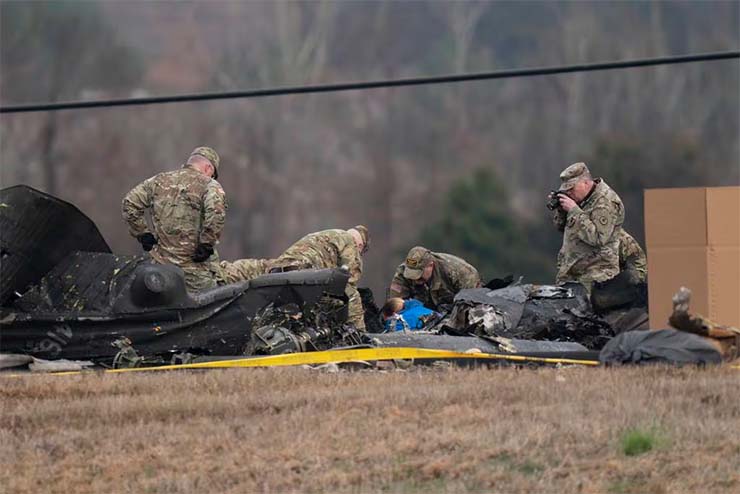
Fort Novosel (USA). With more than a dozen US aviators killed in helicopter crashes in the first half of fiscal 2023, it has prompted an aviation-wide stand down in April 2023.
The US Army, after a thorough review, eventually lifted the stand down. But five months later, an MH-60 Black Hawk stealth helicopter belonging to the 160th Special Operations Aviation Regiment crashed into the Mediterranean Sea during a training mission, killing five on board.
The accidents kept coming. Another two AH-64E Apache crew died during a training flight in Mississippi, while three crew members died in an LUH-72A Lakota helicopter crash during operations along the US-Mexico border in Texas last month.
Fiscal 2023 marked the highest death rate for Army soldiers since the US withdrew from Iraq in 2011, with a total of 14 dead across 10 accidents, formally known as Class A mishaps, meaning accidents that result in the loss of life or the loss of equipment totalling more than $2.5 million. In an average year, Army aviation mishaps typically kill six crew members, with the average Class A mishap accident rate hovering just under one accident per 100,000 flight hours. The current rate is 3.22, more than double the highest rate of any fiscal year in more than a decade, according to Army Combat Readiness Centre data.
“Unfortunately, there’s still a shortage in the force right now,” Joe Roeland, a former aviation warrant officer and instructor pilot who retired from the Army two years ago, said.
While investigations are still ongoing for the majority of Class A mishaps in 2023 and 2024, according to FlightFax, an Army online newsletter covering Army aircraft accident prevention, the service determined during the stand-down that the top killer is “spatial disorientation,” which happens when a pilot wrongly perceives where the aircraft is relative to the ground or surroundings.
Last year was a “very, very bad year” for spatial disorientation, according to the Army Aeromedical Research Laboratory, which is working on solutions that could prevent the phenomenon. The accidents in 2023 and early 2024 all occurred in more challenging environments, where the chances of becoming spatially disoriented increased dramatically. These included flying at night using night vision goggles, flying in formation, and flying over snow and water.
“Over the first six months of this fiscal year, we’ve seen a troubling trend with our accident rates,” Maj Gen Walter Rugen, director of Army aviation, told reporters in April.








